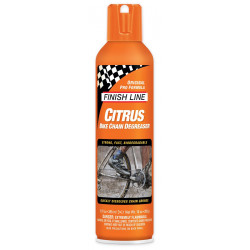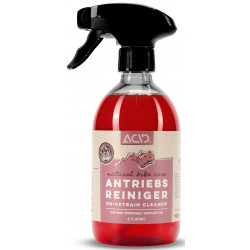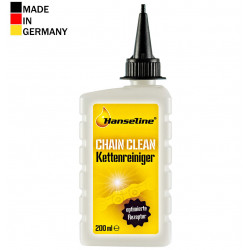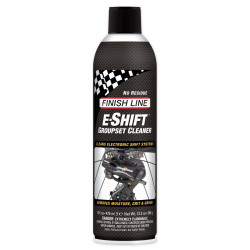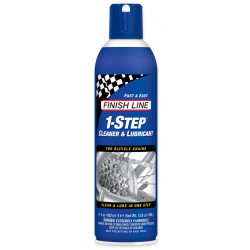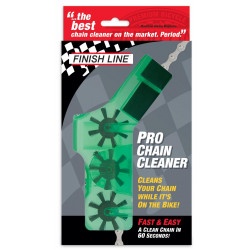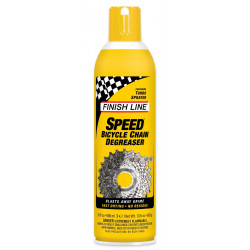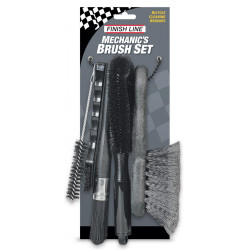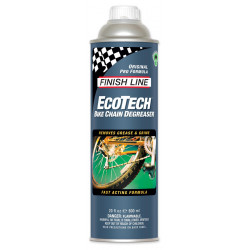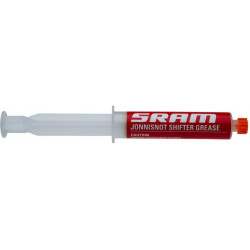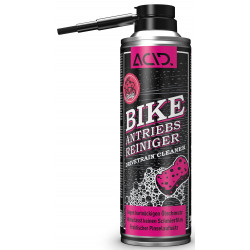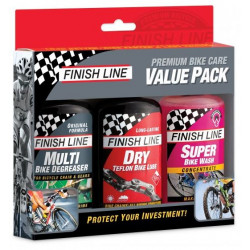Even a bicycle that has been used for several years retains its original appearance and runs smoothly if the appropriate lubricants are selected. It often surprises the beginner cyclist that it is not enough to just clean the bicycle or inflate the tires. To preserve its functions for many years, lubricants are needed to lubricate the most important parts of the bicycle. So, how to choose these lubricants?
A large selection of lubricants
Lubricants can be divided into:
1. thick, 2. liquid, 3. suitable for all seasons.
Cyclists are advised to choose different oils for different seasons instead of using one for all seasons. This ensures that all parts of the bicycle work reliably.
Lubricants can also be divided according to the materials used: 1. Separating dirt. The base material of these lubricants is wax, which evenly covers surfaces and prevents dirt from sticking to them. However, if there is too much of this lubricant, the parts move harder. 2. Teflon lubricants reduce friction so you can turn the cranks with less energy. 3. Ecological lubricants have less positive properties, but they decompose faster and do not harm nature.
Lubricants containing Teflon are usually chosen. These are dripped onto the brakes, chain, derailleurs.
Seasonality of lubricants
Generally, in autumn, winter and spring, thicker lubricants are used, which are not so easily washed away by rain and snow. Unfortunately, this type of lubricant is not recommended for use in dusty or sandy areas, as dust and dirt stick to the bicycle faster. This affects the chain, which will eventually cause it to move worse. Using this oil requires more frequent cleaning of the chain. It can also be used to lubricate cables – thus avoiding corrosion.
In the summer, more liquid lubricants are used, made on the basis of wax. After applying them, you need to wait until they dry (3-4 hours) and the surface will be covered with the appropriate layer. If the surface of the bicycle is covered with more liquid grease, dirt will not stick to it, mechanisms will not be corroded, so it can be used in dusty areas.
When choosing a lubricant, keep in mind: 1. If you often ride off-road (in wet conditions) you would prefer a thicker oil that does not wash off the chain as easily. 2. If you only ride in the city, a more liquid lubricant will be enough. 3. Medium thickness lubricants are applied to hubs, metal parts that normally do not move. 4. In some cases, carbon paste is also used, which reduces slippage and creates better traction. It is usually used for carbon bicycle parts. For example, it is very suitable for lubricating the seat projection with the saddle or the clamping ring.
New bicycles are already covered with high-quality grease, so it is not recommended to wipe it off. It can only be removed when it is necessary to clean the chain. The factory lubricant should be enough for at least several hundred kilometers.


